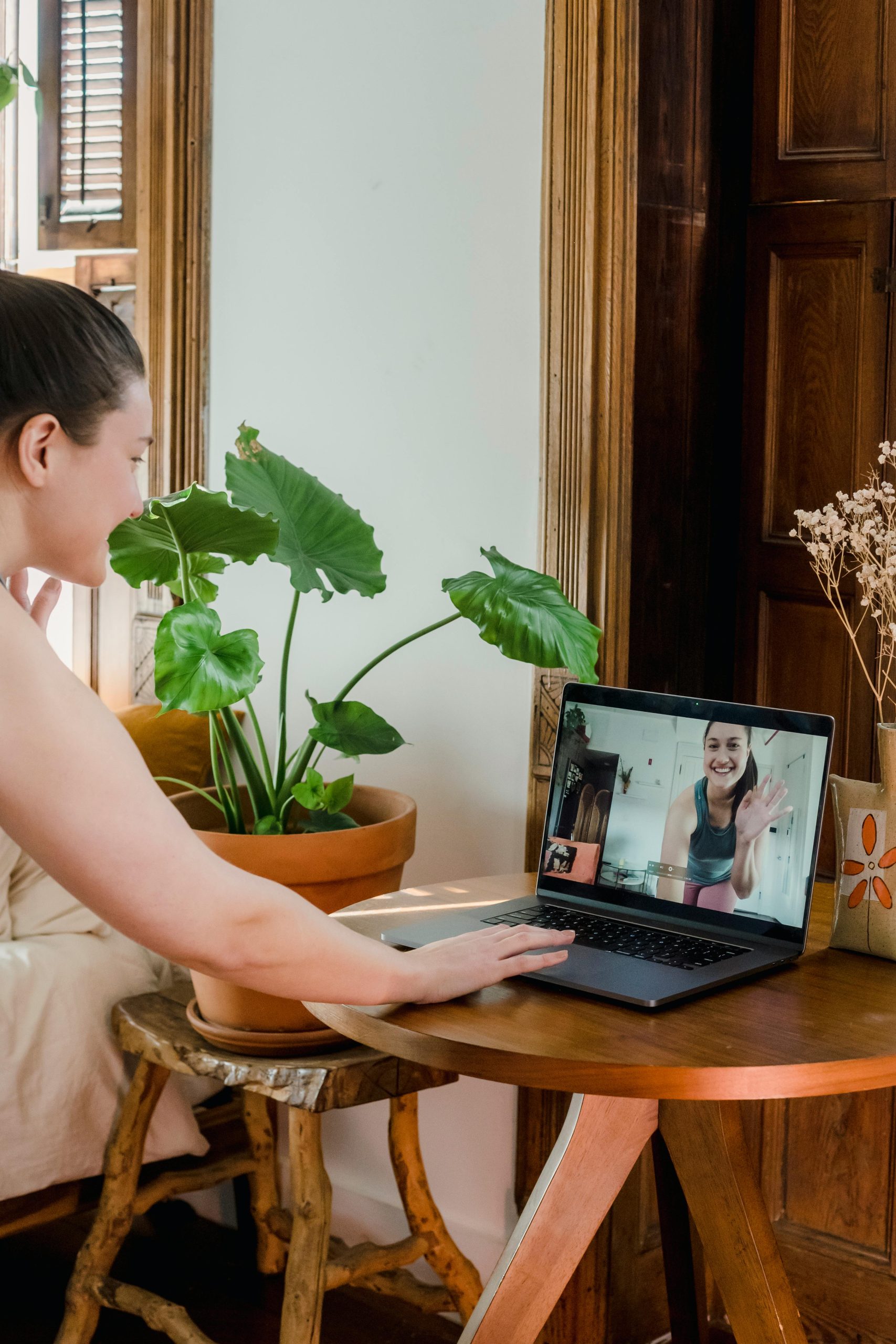Restoring My 2016 Lenovo Yoga Screen: A DIY Journey
If you’re a proud owner of a 2016 Lenovo Yoga, you may have encountered some issues with the screen over time. Whether it’s flickering, discoloration, or even cracks, these problems can be quite frustrating. In this post, I’ll share my experience of restoring my device’s screen, along with the steps I took and tips I learned along the way.
Identifying the Problem
My journey began with a noticeable flicker on the display, which quickly escalated into a persistent issue that made it difficult to use my laptop effectively. After some troubleshooting, it became apparent that the screen would need some attention. I researched various potential causes, ranging from software glitches to hardware malfunctions. Ultimately, it was clear that a hardware fix was necessary.
Gathering Tools and Resources
Before diving into the repair process, I made sure to gather all the necessary tools. Here’s what I found essential for the task:
- A precision screwdriver set
- Plastic prying tools
- A soft cloth for handling the screen
- A replacement screen (sourced online, ensuring compatibility with my specific model)
I also turned to video tutorials from reputable tech channels to familiarize myself with the disassembly process. These resources proved invaluable and gave me the confidence to tackle the repair myself.
Step-by-Step Repair Process
-
Preparation: I started by shutting down my Lenovo Yoga and disconnecting it from any power source. It was crucial to let the device cool down before starting the repair.
-
Disassembly: Using my precision screwdriver set, I carefully removed the back panel. This step required patience, as I had to avoid damaging any clips or connectors.
-
Disconnecting the Screen: Once inside, I carefully detached the screen from the hinges and disconnected the display cables. It’s important to handle these components gently to prevent any further damage.
-
Installing the New Screen: After removing the old screen, I installed the new one by connecting the cables and securing it back into place. This was the part where following the video tutorial really paid off.
-
Reassembly: With the new screen securely in position, I reattached the back panel, ensuring all screws were in place. The final touch was to power on the device and test the new screen.
The Results
Once everything was back together, I was met with a brilliant display, free from
Share this content:




Hi there, thank you for sharing your detailed repair journey with your Lenovo Yoga! It sounds like you followed a thorough process and took the necessary precautions, which is great. If you’re still facing any issues after replacing the screen, here are some additional tips:
Remember to handle all components with care to prevent static discharge or accidental damage. If issues persist, consulting with a professional technician or Lenovo support can help diagnose hardware faults more precisely. Good luck with your ongoing repair!